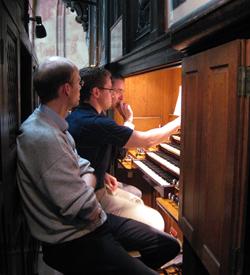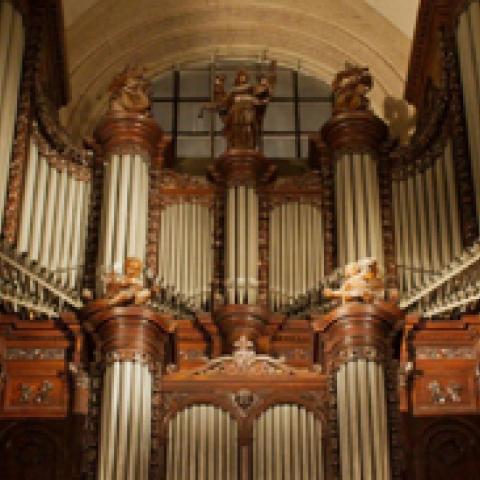
International Organ Music Seminars has announced the 18th French Organ Music Seminar in England and France July 25–August 7. The schedule features the organs of Trinity College, Ely Cathedral, Westminster Cathedral, and Peterborough Cathedral, with seminars on Anglican service playing, anthem accompanying, liturgical improvisation, and the history of the English organ. Instructors include Gillian Weir, Colin Walsh, and John Hosking.
Study and playing time in Lyon, Burgundy, and the French Alps will take place at the organs of Saint-François-de-Sales (Lyon), Conservatoire de Lyon, Chambery Cathedral, Collégiale de Dole, Annecy Cathedral, Dijon Cathedral and others. In Reims and Paris participants will study and play the organs of Reims Cathedral, Saint-Remi, Saint-Sulpice, Notre-Dame (Paris), Saint-Augustin, Ste-Clotilde, La Trinité, Notre-Dame-des-Champs, Versailles Castle, and the Versailles Conservatoire. Instructors include Louis Robilliard, Daniel Roth, François Espinasse, Jean-Baptiste Robin, Thibaut Duret, Didier Matry, Beatrice Piertot, Yannick Merlin, and Benjamin Steens.
For information: www.bfoms.com.



